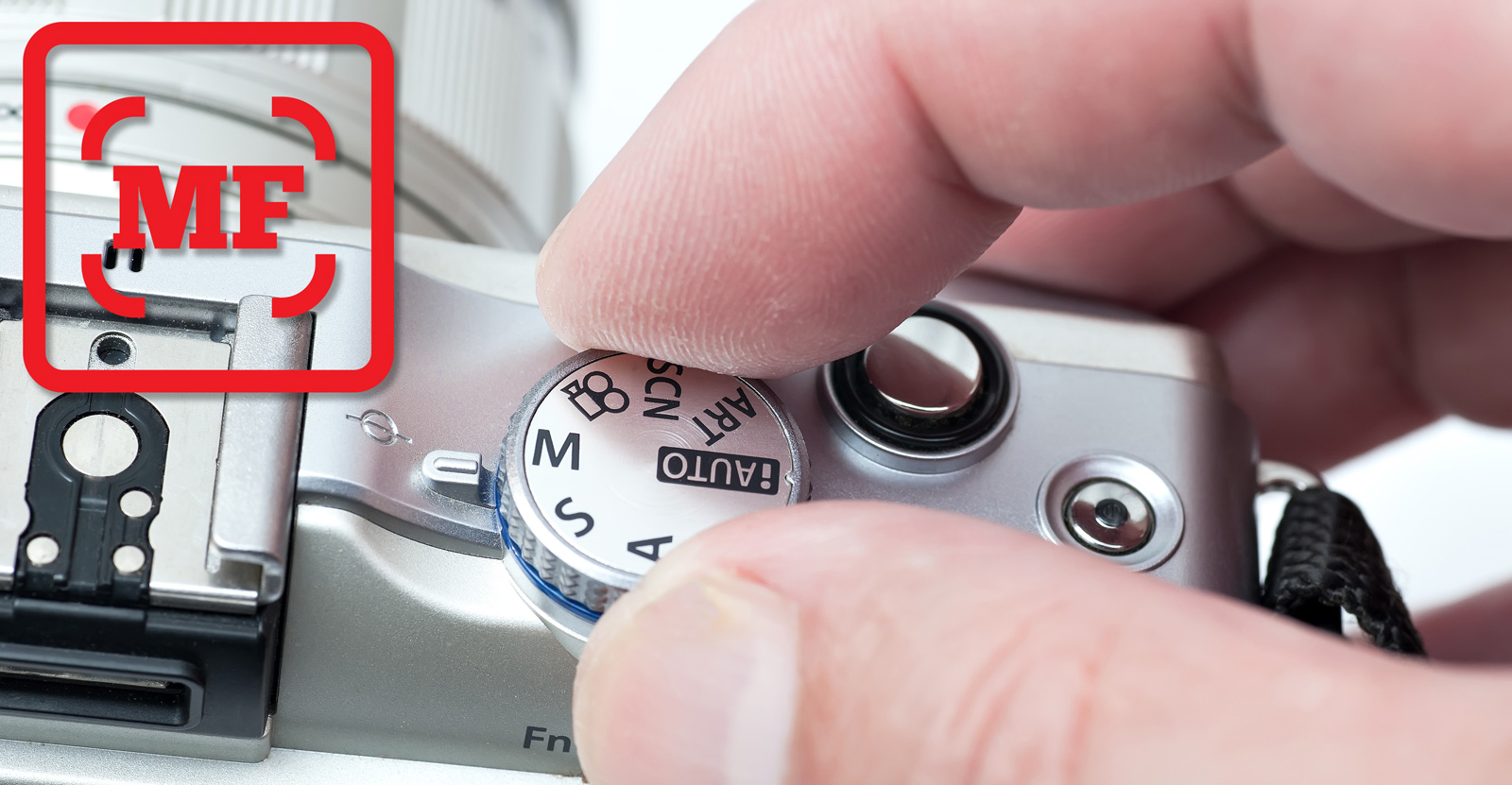I recently watched a video where one photographer was talking about how much easier it is to focus in manual mode with the older film cameras than it is today with the modern DSLR’s.
Mainly because of the viewfinder magnification and the fact that the image is too small to really accurately see the image. With that in mind here are a few tricks here you can use to improve your maual focusing.
Set Your Diopter To Your Vision
I wear glasses so I am going to add one tip that I have learned before talking about the tips from Light Stalking. It’s difficult shooting with glasses so I take mine off and set my diopter to compensate. One way to set your diopter is to look at the settings in the bottom of your viewfinder and make sure you can see them clearly. I think this is what most photographers do.
An even better way to set you diopter is to tape a piece of newspaper against a wall. With your camera on a tripod use the live view mode of your camera make sure you have a sharp focus on the type. My live view mode offers an option for 10x magnification so I can be sure the focus is super sharp.
Then switch back out of live view mode and look through the diopter. Adjust your diopter until you can clearly see the text. Now you should have the best diopter setting possible for your vision. You may want to use something to mark that spot of your diopter since there’s alway the chance the diopter may get moved and will need to be reset.
Ignore The Focal Points
The focal points you see in the viewfinder won’t do you much good when you are focusing manually. In the odd event that your adapter has a focus confirmation chip, the focal points are going to confirm your focus, only. Even that isn’t reliable, however. This is because about 90% of focus confirmation chips are set for a 50mm lens at f/1.4, so the camera estimates the lens to be just that. This takes you farther away from the actual focus. For this reason, you should focus your eye away from these points since they are more of a distraction than of any help. Set your focus between the dots, and if your camera allows for it, turn them off completely
Live View
As mentioned earlier, using live view is probably the easiest and safest way to get a picture in focus when using manual focus lenses. But it is the slowest way, as well. Also, because you can’t hold the camera as you normally would, stabilized by keeping your arms close to your body, the unnatural body position can cause the camera to shake. You can attain a proper focus, but your chances are greater for introducing motion blur as a side-effect. This doesn’t apply to the mirrorless bunch of cameras which can use the EVF with focus peaking to ensure that the focus is spot-on.
Monopod
Even though you might not be shooting video, having a monopod around for manual focus lenses is a good idea. This will reduce the weight of the camera, allowing you to completely leverage it on the monopod while using your hands to adjust the focus. While it will help you get cleaner images and prevents shaking, a monopod limits your range of forward and backward movement.
One last tip Dzvonko Petrovski mentioned in the Light Stalking article was shooting in burst mode. If you manage to capture several images in a second (whatever your camera allows) hopefully you’ll be able to grab the sharpest ones from that sequence.
You can see the original article over at Light Stalking
Source: Light Stalking

